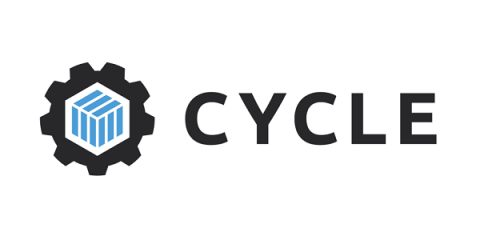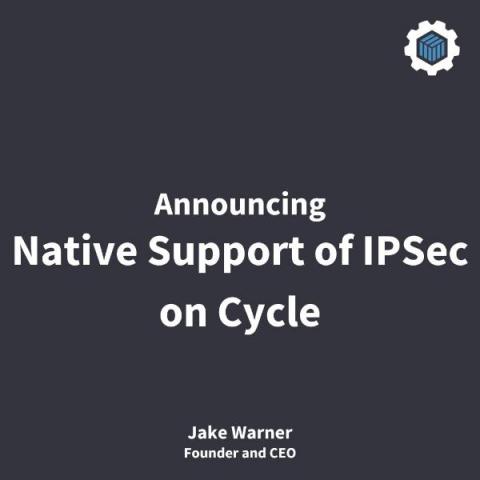Deploying Single Node And Clustered RabbitMQ
RabbitMQ is a messaging broker that helps different parts of a software application communicate with each other. Think of it as a middleman that takes care of sending and receiving messages so that everything runs smoothly. Since its release in 2007, it's gained a lot of traction for being reliable and easy to scale. It's a solid choice if you're dealing with complex systems and want to make sure data gets where it needs to go.




